We can think of a city as a living place for living organisms that need the inputs of energy, water, and nutrients as well as the removal of solid and liquid wastes.
Delivering new concepts for future cities is a new trend! Conventionally, engineers were responsible for the design and management of the systems that brought water and energy into the city and dispose of solid and liquid wastes out of the city. Food is distributed in a manner that is less integrated and still, it is controlled by large companies.
This model is now overthrown and is most prominent with the trend to an ad-hoc generation of electricity by individual families, which is already making problems for the engineers who are responsible for stabilizing the power grid.
However, it is anticipated and planned that with humans at the center, the new technology will enable the organic and active evolution of urban infrastructure. Engineers will have to work more closely than ever before with architects and urban planners. The close and demanding combination of engineering, data science, and architecture will become compulsory.
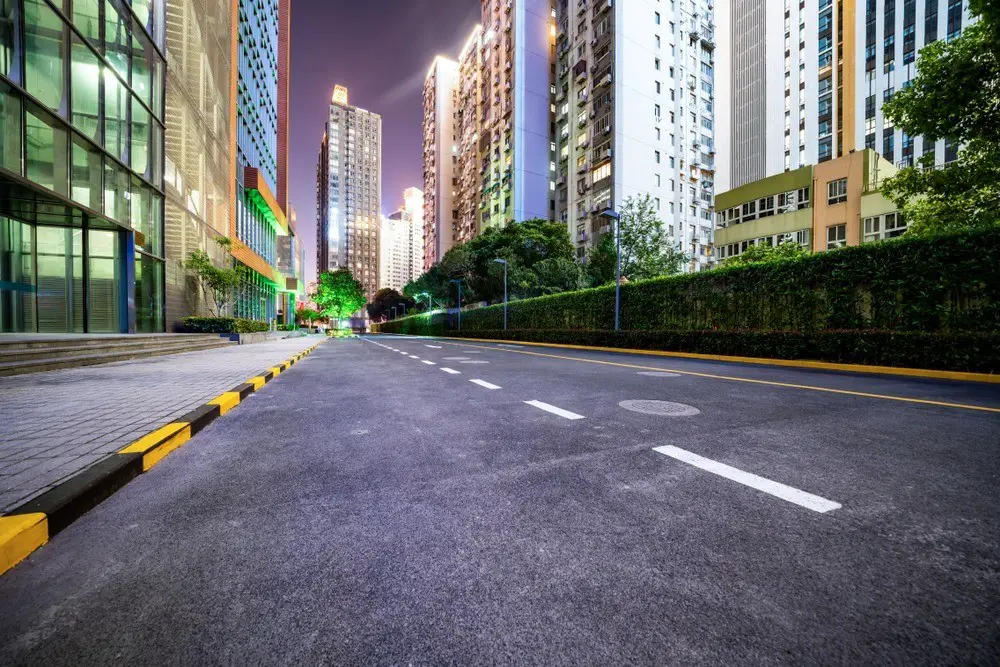
The Smart Cities Research Institute’s Future Urban Infrastructure program is structured into the following three interconnected streams:
- Combined Infrastructure Systems (CIS)
- Urban Information Modelling (UIM)
- Digital Production and Procurement (DPP)
#1 Combined Infrastructure Systems
The CIS stream shows the flows of energy and materials to cities and urban surroundings. Cities, their surroundings, and extra-urban communities conventionally drew in electricity, water, and food from beyond their boundaries, and excluded wasted heat, water and solids. Now, the generation and storage of electricity are taking place in our buildings, water is collected for re-use, and food is grown in our locality.
In the cities of the future, the infrastructure as a whole should be smart (with the help of ICT), and robust and new methods shall be used for their design such as water supply & culvert rehabilitation methods.
#2 Urban Information Modeling
UIM holds the world of big data with the application of new algorithms and artificial intelligence to enormous data sets. Whether at the scale of individual buildings, urban surroundings, or the whole city, real-time information modeling and varied scenario-testing can lead to rapid decision-making and highly-informed planning.
#3 Digital Production and Procurement
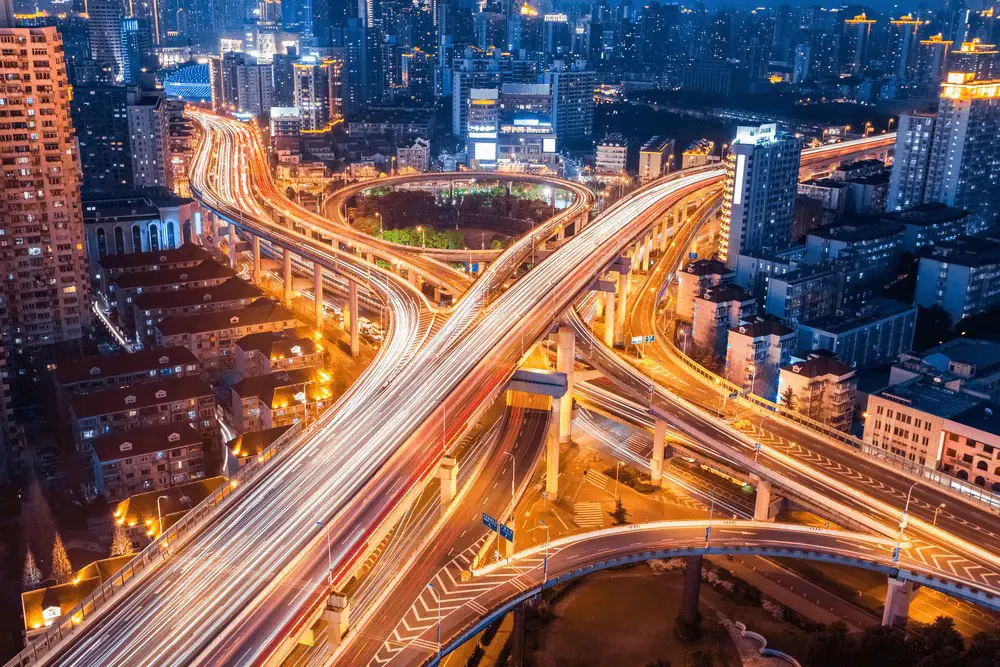
The DPP stream actively engages with the rapidly changing methods behind the procurement and making of cities, surroundings, and buildings. Automation is changing the way of our thinking about building, requiring completely new and state-of-the-art procurement strategies and building methods.
Now we know better the concepts and ideas of urban development, whether it is conventional or new. We are increasingly becoming an urban world and as inhabitants of the cities, we can make a better decisions about our buildings and cities.

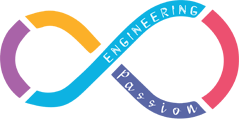
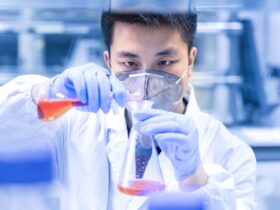

![Types of Engineers and What they Do [Explained]](https://www.engineeringpassion.com/wp-content/uploads/2022/04/types-of-engineers-and-what-they-do-280x210.jpg)
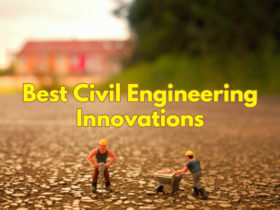
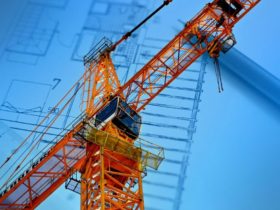

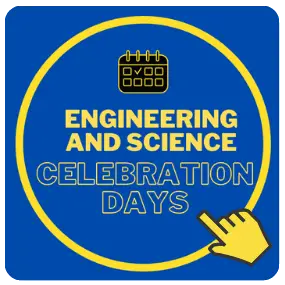
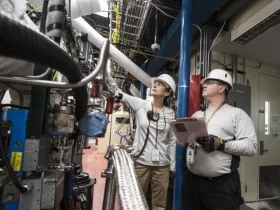
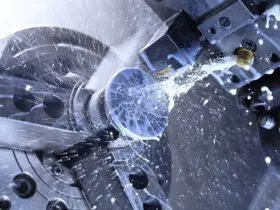
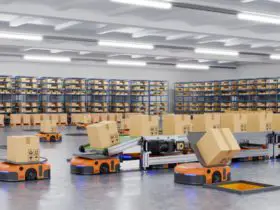
Leave a Reply